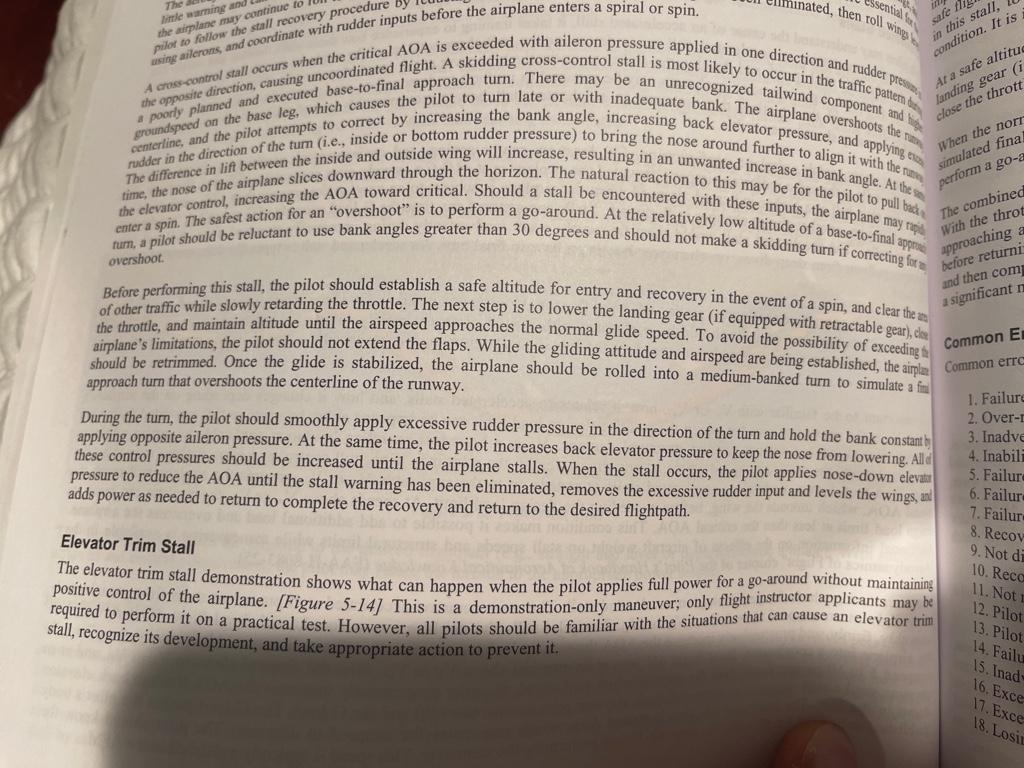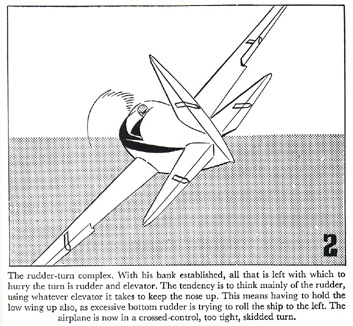HF17
Pre-Flight
- Joined
- Dec 21, 2021
- Messages
- 61
- Display Name
Display name:
HF17
For the cross controlled stall, would it be incorrect to recover once the stall warning is heard? The airplane flying handbook just says that the “control pressures should be increased until the airplane stalls.” I just wouldn’t feel comfortable performing a full cross controlled stall in an airplane that is not certified for spins and my instructor refuses to do cross controlled stalls with me.

Sent from my iPhone using Tapatalk

Sent from my iPhone using Tapatalk
Last edited:

